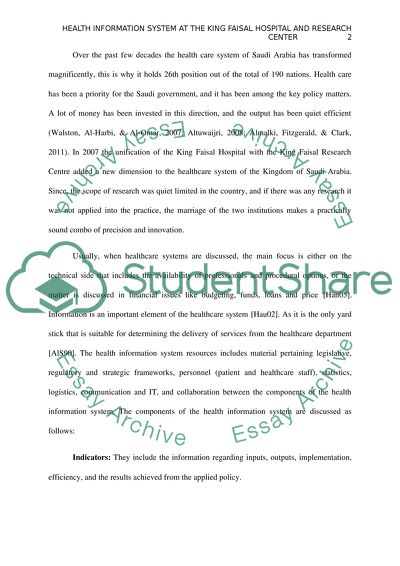Cite this document
(“Health information system in KIng Faisal Hospital Essay”, n.d.)
Health information system in KIng Faisal Hospital Essay. Retrieved from https://studentshare.org/health-sciences-medicine/1670484-health-information-system-in-king-faisal-hospital-in-saudi-arabia
Health information system in KIng Faisal Hospital Essay. Retrieved from https://studentshare.org/health-sciences-medicine/1670484-health-information-system-in-king-faisal-hospital-in-saudi-arabia
(Health Information System in KIng Faisal Hospital Essay)
Health Information System in KIng Faisal Hospital Essay. https://studentshare.org/health-sciences-medicine/1670484-health-information-system-in-king-faisal-hospital-in-saudi-arabia.
Health Information System in KIng Faisal Hospital Essay. https://studentshare.org/health-sciences-medicine/1670484-health-information-system-in-king-faisal-hospital-in-saudi-arabia.
“Health Information System in KIng Faisal Hospital Essay”, n.d. https://studentshare.org/health-sciences-medicine/1670484-health-information-system-in-king-faisal-hospital-in-saudi-arabia.


